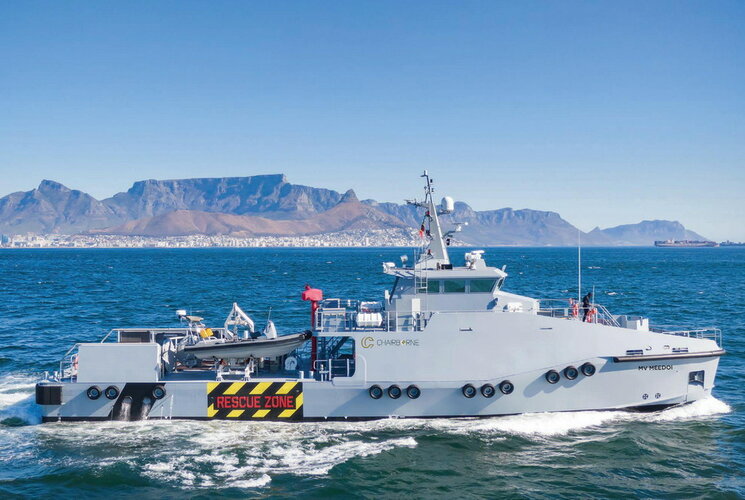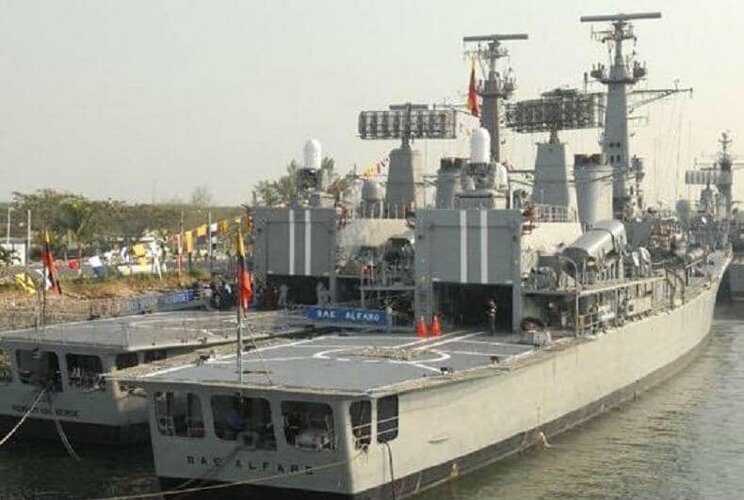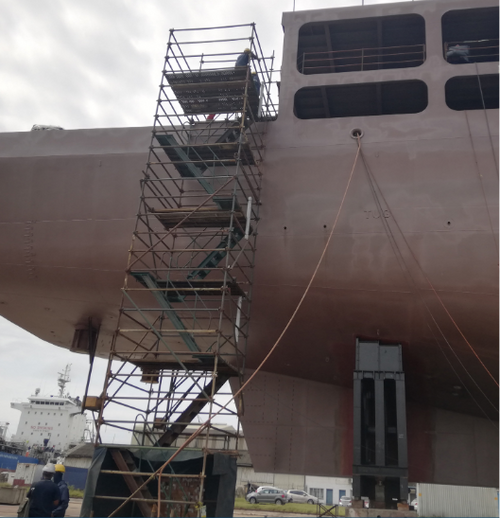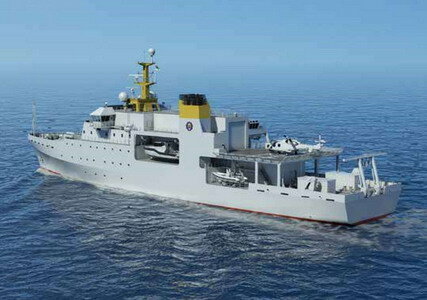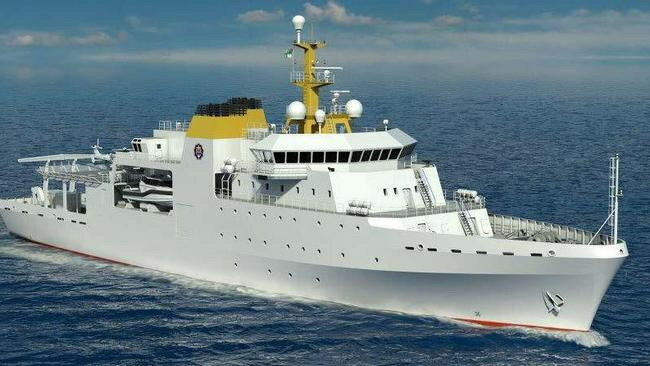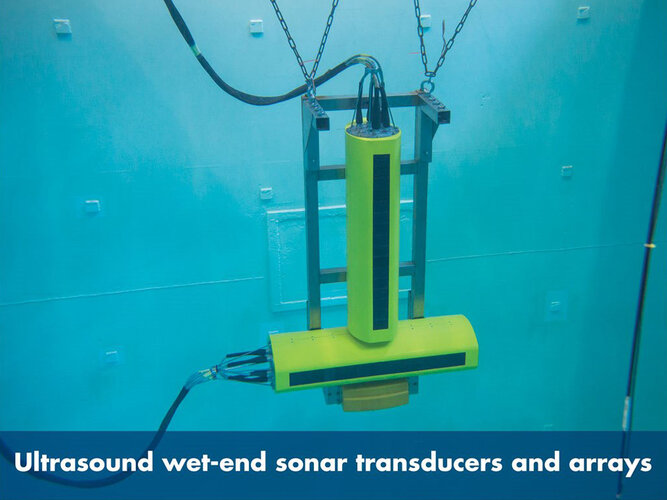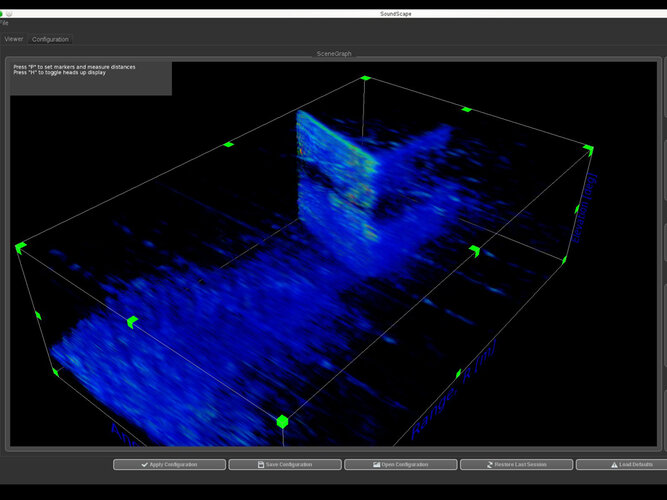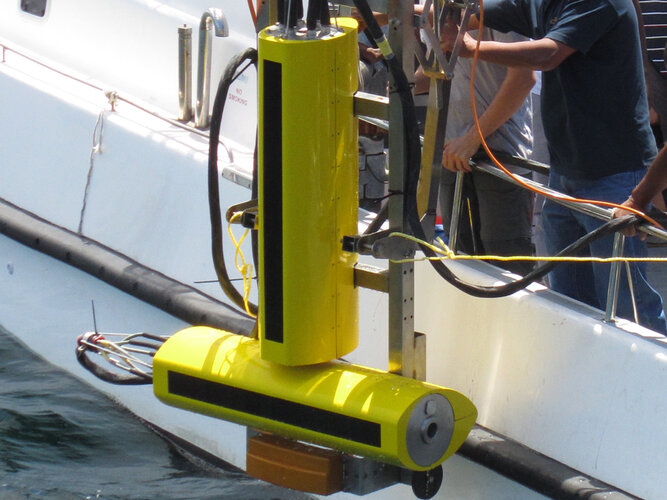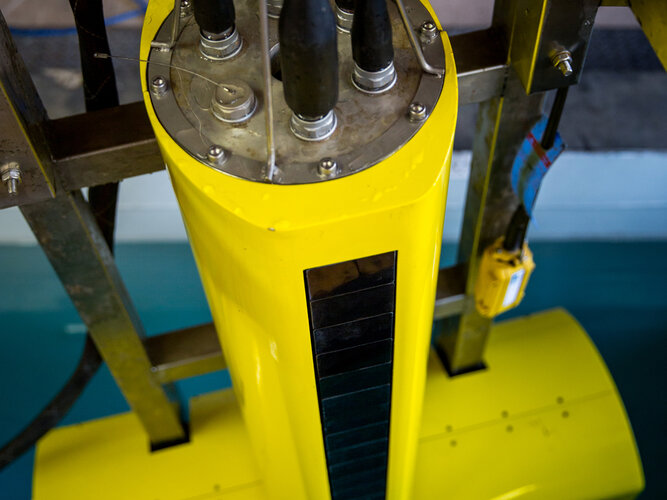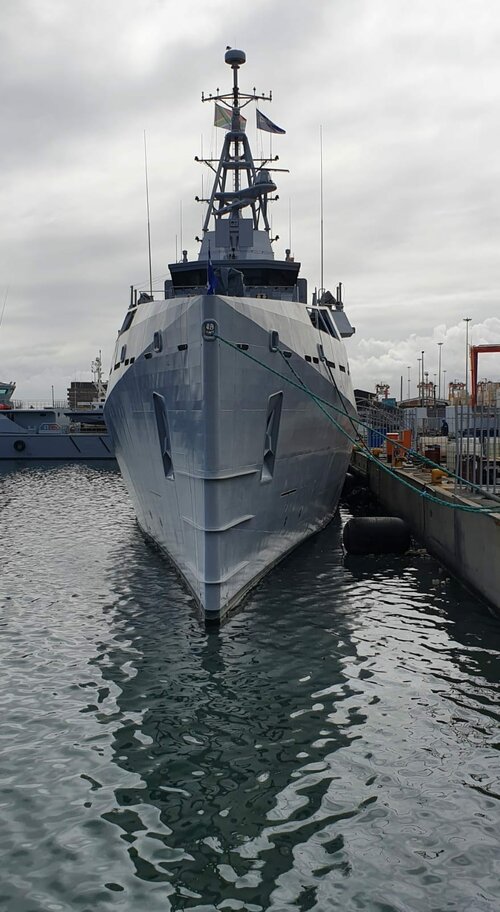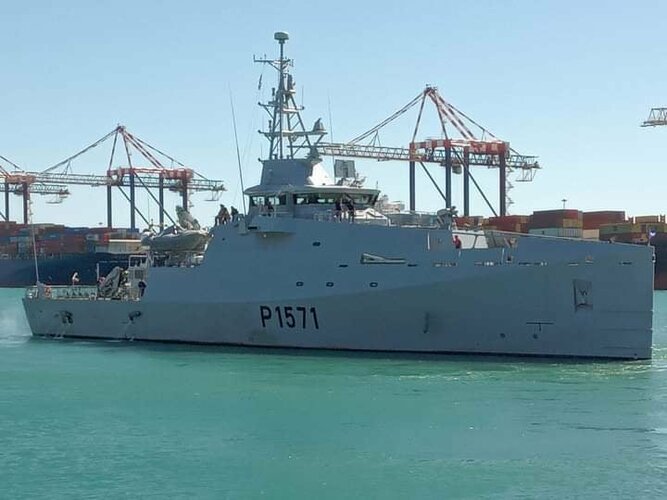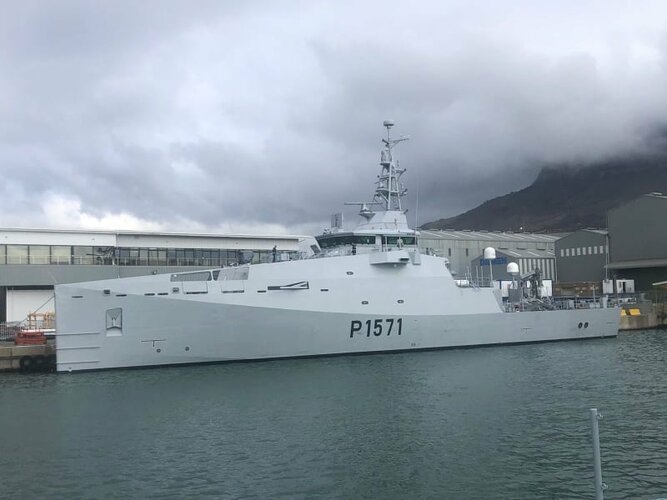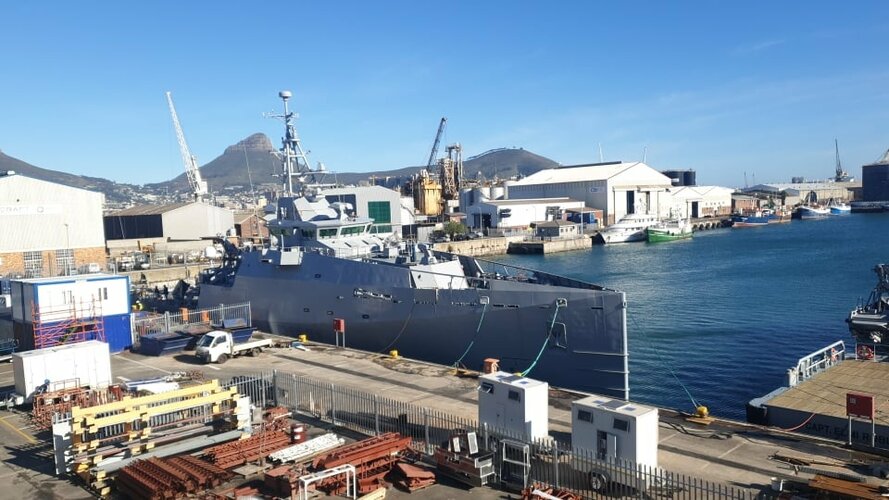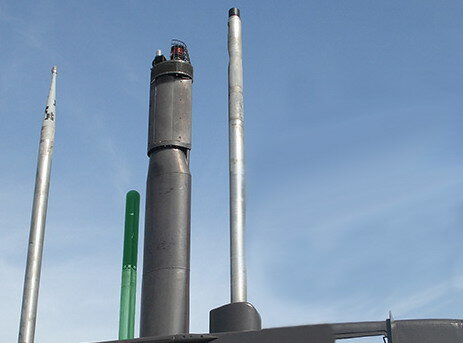Does anyone know if there were ever plans for a true Naval variant of the Oryx with sonar, surface search radar, torpedo launch capability, etc.? I know the Mk 2 was developed for shipboard use, but it is still just a utility helicopter
This is an interesting subject that is almost never mentioned...an ASW helicopter.
I have over the years given it thought, and I believe that there were 5 possible candidates. This is my personal opinion only, using logic, and proven availability.
1. The Westland Wasp. South Africa received 16 of 18 ordered, with at least 10 or 11 still operational by 1990. I don't think they would have stuck with it though, as it was becoming obsolete, and was single engined.
2. A navalised Allouette. South Africa had a large fleet, had access to more, newly built, from Roumania. It was operated, with folding rotors, from SAS Protea. It has been used in an ASW context by some countries, equipped with radar and torpedoes. Again, it is single engined, so I wonder...
I see this as the least likely.
3. Oryx MK 2. Navalisation already done- anti corrosion, flotation, folding rotors..etc. Great power, twin engined, great capacity for all your goodies. Largest of the options.
4. Messerschmitt Bolkow Mb105. Used as an ASW helicopter by some countries, including the Chilean Navy, and Columbian navy on their HDW FS1500 frigates. Radar and torpedoes. Twin engines. Production lines in 4 countries. The South African Police started operating them in the mid 1980's, during the peak of the sanctions...
5. The BK117. Twin engine. Acquired by some of the nominally "independent" homelands in the 1980's, later taken over by the South African Air Force.

